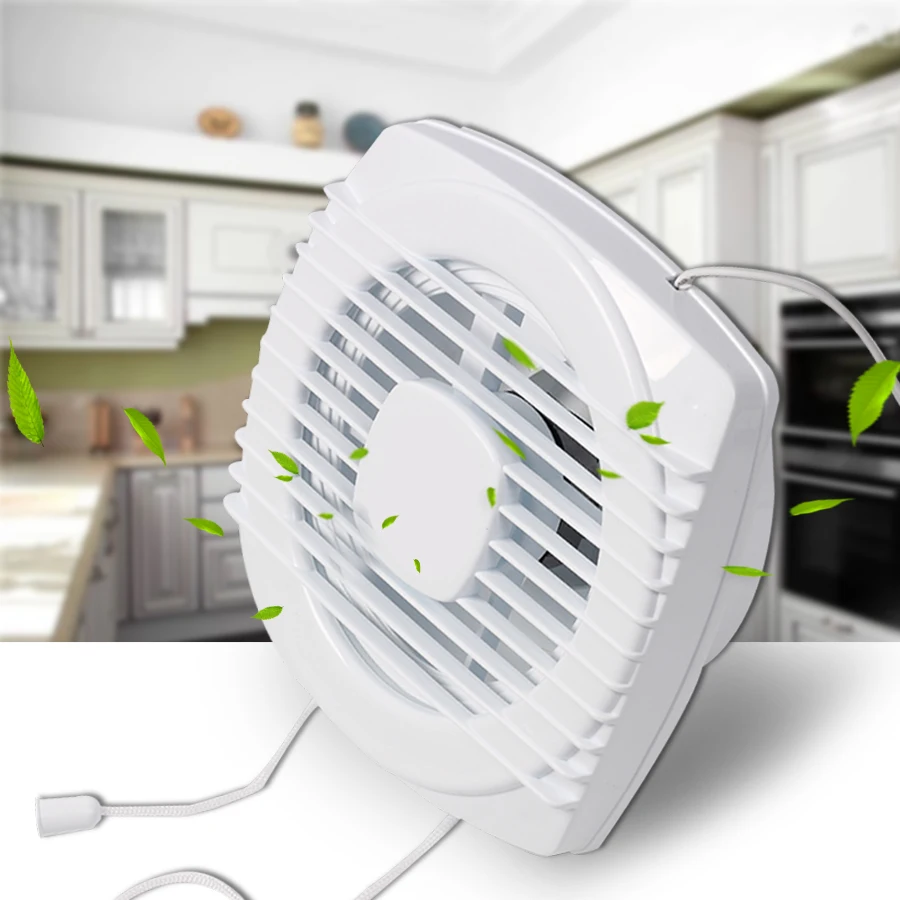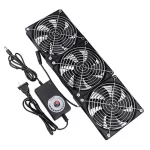The Importance of Bathroom Exhaust Fans
Bathroom exhaust fans play a vital role in maintaining a healthy environment in your home. They work to ventilate moist air, helping to prevent the buildup of mold and mildew. This is crucial, especially in humid climates like Singapore, where these problems are common. Bathrooms without proper ventilation can also trap odors and pollutants, which compromises indoor air quality. By replacing bathroom exhaust fans when needed, you ensure fresh air circulation and safeguard your bathroom against moisture damage.
A well-functioning exhaust fan helps to reduce excess humidity. Too much moisture can damage walls, paint, and even structural elements over time. It also creates an ideal habitat for unwanted fungus and bacteria. The fan’s role in keeping the air clean and dry cannot be overstated. It provides comfort and protects your family’s health by reducing the risk of respiratory issues associated with poor air quality.
Regular maintenance and timely replacement of your bathroom exhaust fan are essential. Not only does this keep the air in your bathroom fresh, but it also extends the lifespan of the interior fixtures and finishes. Homeowners should be attentive to the performance of their exhaust fans. Recognize the signs of malfunction and know when it’s time to call professionals for repair or replacement. Cleaner air and a more comfortable space are the benefits of a properly functioning exhaust fan in your bathroom.
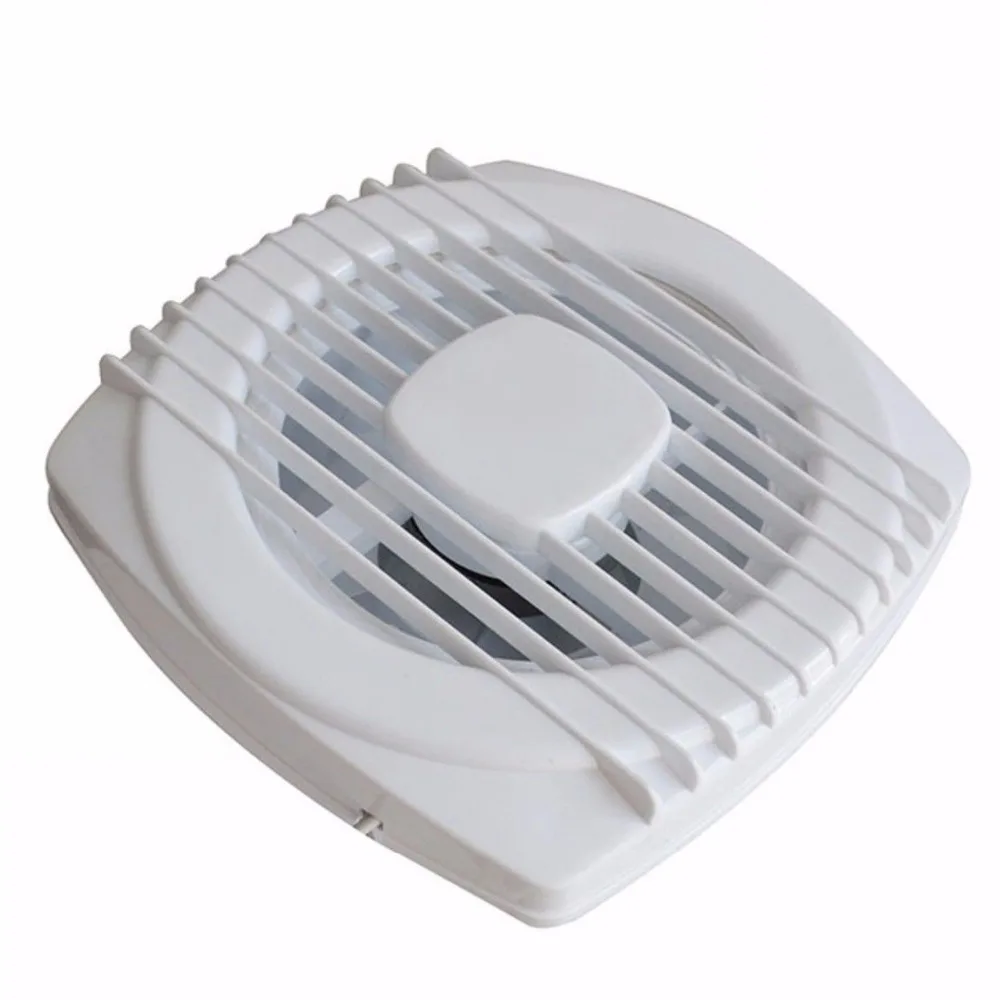
Signs It’s Time to Replace Your Exhaust Fan
Knowing when to replace your bathroom exhaust fan can prevent a host of issues associated with poor ventilation. Look out for these clear signs that it’s time for a replacement:
- Persistent Unpleasant Odors: If bad smells linger in your bathroom despite cleaning, it might be due to ineffective ventilation.
- Excess Moisture: Condensation on walls and mirrors after a short shower indicates inadequate air movement.
- Noisy Operation: A properly functioning exhaust fan should run quietly. Increased noise levels often signal a failing motor.
- Failure to Start: Should the fan not turn on at all, it may be time to consider replacing it.
- Visible Mold or Mildew: Signs of mold growth can point to excessive humidity levels that aren’t being controlled by your current fan.
- Age of the Fan: If your exhaust fan is old, its efficiency likely has decreased, warranting a replacement.
- Inadequate Airflow: When the air feels stuffy and doesn’t freshen up after running the fan, its capacity may no longer be sufficient.
Don’t overlook these symptoms; a timely replacement can enhance your bathroom’s air quality and prevent further complications. Regular checks and maintenance can extend the life of your exhaust fan, but if these signs persist, replacing the bathroom exhaust fan might be a necessary measure to maintain a healthy living environment.
Types of Bathroom Exhaust Fans
Choosing the right type of bathroom exhaust fan is critical for efficient ventilation. Here is what you need to know about the various fans available:
Ceiling-mounted Exhaust Fans
Ceiling-mounted fans are a common choice for most homeowners. These units are installed above the bathroom ceiling and vent air through ductwork to the outside. They are discreet, often quieter, and a great option for bathrooms with attic access above.
Window-mounted Exhaust Fans
As the name implies, these fans are installed in the bathroom window. They are suitable for bathrooms that lack space for ductwork. They work by pushing the air directly outside. Window-mounted fans are easier to install but may not fit all window designs.
Inline Exhaust Fans
These are not as commonly seen in homes but are powerful and less noisy. Placed in the duct line and often used for multiple bathrooms, inline fans are installed away from the bathroom, resulting in lower noise levels inside the bathroom itself.
When considering replacing your bathroom exhaust fan, it’s important to understand which type is best suited for your space. Take into account not only the fan’s efficiency but also the layout of your bathroom, the availability of space for installation, and how discreetly you want the fan to work. Remember to consider the total volume of air your bathroom requires to determine the appropriate fan size and ensure it matches the air changes per hour necessary for a healthy environment. Each type has its specific merits and might be more suitable for your needs based on the unique features of your bathroom.
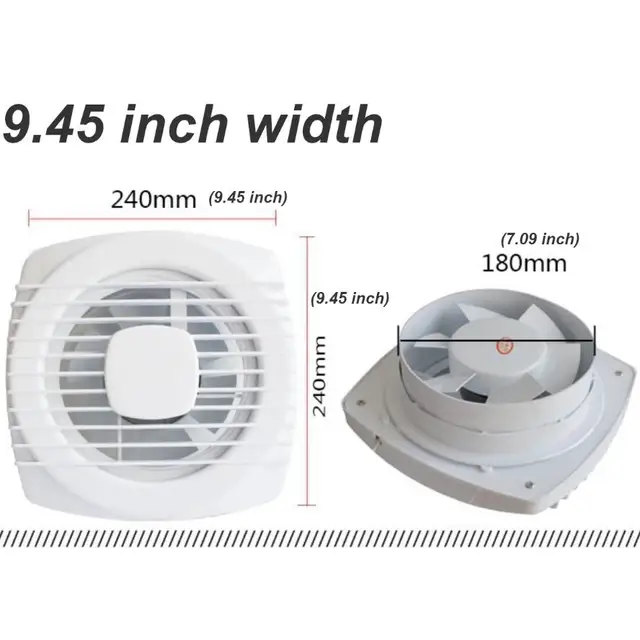
Considerations Before Replacing Your Fan
Before you leap into replacing your bathroom exhaust fan, consider these important factors to ensure you make an informed decision:
- Assess the Issue: Determine if the fan truly needs replacement or if a simpler fix could suffice.
- Ventilation Needs: Understand your bathroom’s size and the adequate air changes per hour required.
- Type of Fan: Decide whether a ceiling-mounted, window-mounted, or inline fan suits your bathroom layout.
- Installation Space: Check the available space for the fan and any required ductwork.
- Maintenance Access: Ensure that the new fan can be easily accessed for cleaning and repairs.
- Energy Efficiency: Opt for fans with energy-saving features to reduce utility costs.
- Noise Levels: Select a fan with acceptable noise levels for a peaceful bathroom experience.
- Features: Look for additional functionalities like built-in lights or humidity sensors.
- Building Regulations: Be aware of local building codes and regulations that may apply.
- Professional Help: Consider whether you need professional installation or can manage it yourself.
Taking time to evaluate these elements will lead to a better-performing exhaust fan that fits your specific requirements and enhances your bathroom environment. Striking a balance between functionality, efficiency, and compliance with regulations is key to a successful exhaust fan replacement.
Step-by-step Process for Replacing an Exhaust Fan
Replacing a bathroom exhaust fan can seem daunting, but by breaking it down into manageable steps, the task becomes simpler. Here’s a step-by-step guide to help you through the process:
Step 1: Gather Your Tools and Materials
Before starting, ensure you have all the necessary tools and replacement fan ready. You’ll need a screwdriver, ladder, wire cutters, and possibly a drill. Make sure your new exhaust fan fits the existing space, or is appropriate for the new installation area.
Step 2: Turn Off the Power
Safety first. Always turn off the power to the bathroom at the circuit breaker before attempting any electrical work.
Step 3: Remove the Old Exhaust Fan
Once the power is off, remove the fan cover, then unscrew and disconnect the fan from the ductwork and wiring. Carefully take the old fan unit out.
Step 4: Prepare the New Fan for Installation
Get your new fan ready. If necessary, connect the appropriate venting and wiring to suit your bathroom’s setup. Align it with the existing ductwork or modify the space as needed.
Step 5: Install the New Exhaust Fan
Secure the new exhaust fan in place, connect it to the ductwork, and wire it to the power source according to the manufacturer’s instructions.
Step 6: Restore the Power and Test the Fan
After installation is complete, restore power to the bathroom and test the fan to ensure it functions correctly.
Step 7: Seal and Finish
Lastly, make sure everything is properly sealed to prevent moisture from entering the space. Replace the cover and finish any cosmetic touches.
If at any point you’re unsure or the task feels beyond your skill level, do not hesitate to call in a professional to ensure a safe and proper installation. Remember, a well-installed exhaust fan is critical for maintaining healthy air quality in your bathroom.
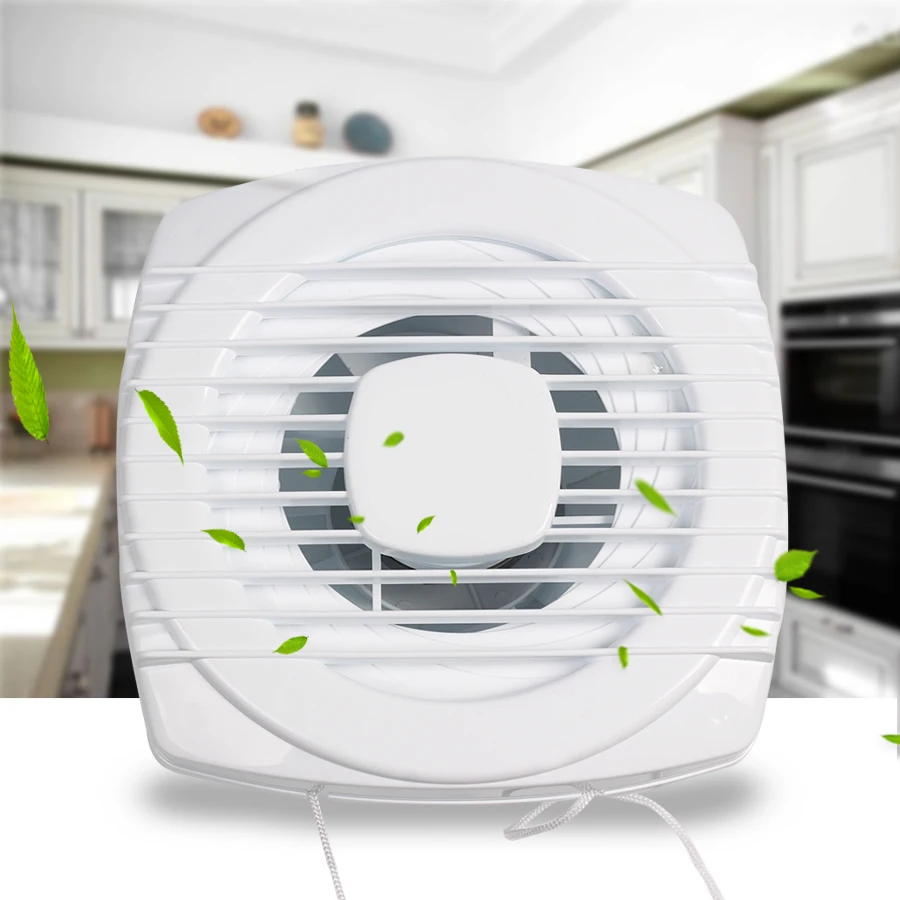
When to Call the Professionals for Exhaust Fan Replacement
Sometimes, replacing a bathroom exhaust fan can be more complex than anticipated. Instances when it’s best to call in the professionals include:
- Complex Wiring: Dealing with electrical wiring can be risky. If you’re not confident, get help.
- Ductwork Adjustments: Adjusting or extending ductwork usually requires an expert.
- Building Code Compliance: A professional ensures the replacement adheres to local codes.
- Roof Vents: If you need to install or alter roof vents, professional help is necessary.
- Lack of Tools: Professionals have the right tools for efficient and safe installation.
- Safety Concerns: Don’t risk injury; if you’re not comfortable on a ladder, call a pro.
Professional exhaust fan replacement services can address issues efficiently, installing your new fan with precision. Companies like LS Handyman Singapore specialize in this service. They will assess the condition of your bathroom, recommend the right type of fan, and handle everything from installation to clean-up. Their expertise covers ceiling-mounted, window-mounted, and inline fans, as well as handling complex scenarios like HDB and condominium installation regulations. Plus, they often guarantee their work, giving you peace of mind.
Before making a decision, consider the potential for prolonging your fan’s life through repair. If the noise levels are high or the fan fails to start, specialists can diagnose the problem accurately. Sometimes a simple exhaust fan repair service can restore functionality, saving you the cost and hassle of a full replacement.
When you decide professional help is essential, select a service that responds quickly and provides clear explanations of the work required. Ensure they have a history of customer satisfaction, like the teams described in the retrieved blogs, which are familiar with the intricacies of bathroom exhaust fan issues in Singapore. Remember, the right help can make the process straightforward and stress-free, leaving you with a well-ventilated bathroom that meets all your needs.
Maintaining Your New Bathroom Exhaust Fan
After replacing your bathroom exhaust fan, maintaining it is key to long-term performance and air quality improvements. Regular upkeep minimizes the risk of malfunctions and extends the lifespan of your fan. Here are some simple steps to maintain your new bathroom exhaust fan effectively:
Clean the Fan Regularly
Dust and debris can accumulate over time and impede the fan’s efficiency. Cleaning the cover and blades every few months will keep it running smoothly. Simply turn off the power, remove the cover, and use a soft brush or vacuum to remove the buildup.
Check for Proper Ventilation
Ensure that the exhaust is venting to the outdoors correctly. Obstructions in the ductwork can trap moisture inside, leading to mold growth and reduced air quality. Inspect the ducts annually to confirm that they are clear.
Listen for Unusual Noises
If your fan starts to make odd noises, it might be a sign that something is wrong. Check for loose parts or blockages. If you can’t resolve the issue, it may be time to contact a professional for advice.
Replace the Fan Cover Correctly
After cleaning, make sure the fan cover is secured back in place properly. A loose cover can affect the fan function and allow moisture and debris to enter.
Schedule Professional Inspections
Even with regular maintenance, it’s wise to have a professional check your exhaust fan periodically. They can tackle any complex issues and ensure that your fan complies with local regulations for replacing bathroom exhaust fans.
By following these maintenance tips, your bathroom exhaust fan will continue to protect your home from excess moisture, odors, and pollutants. Regular attention to your exhaust fan keeps your bathroom fresh and healthy for all who use it.
